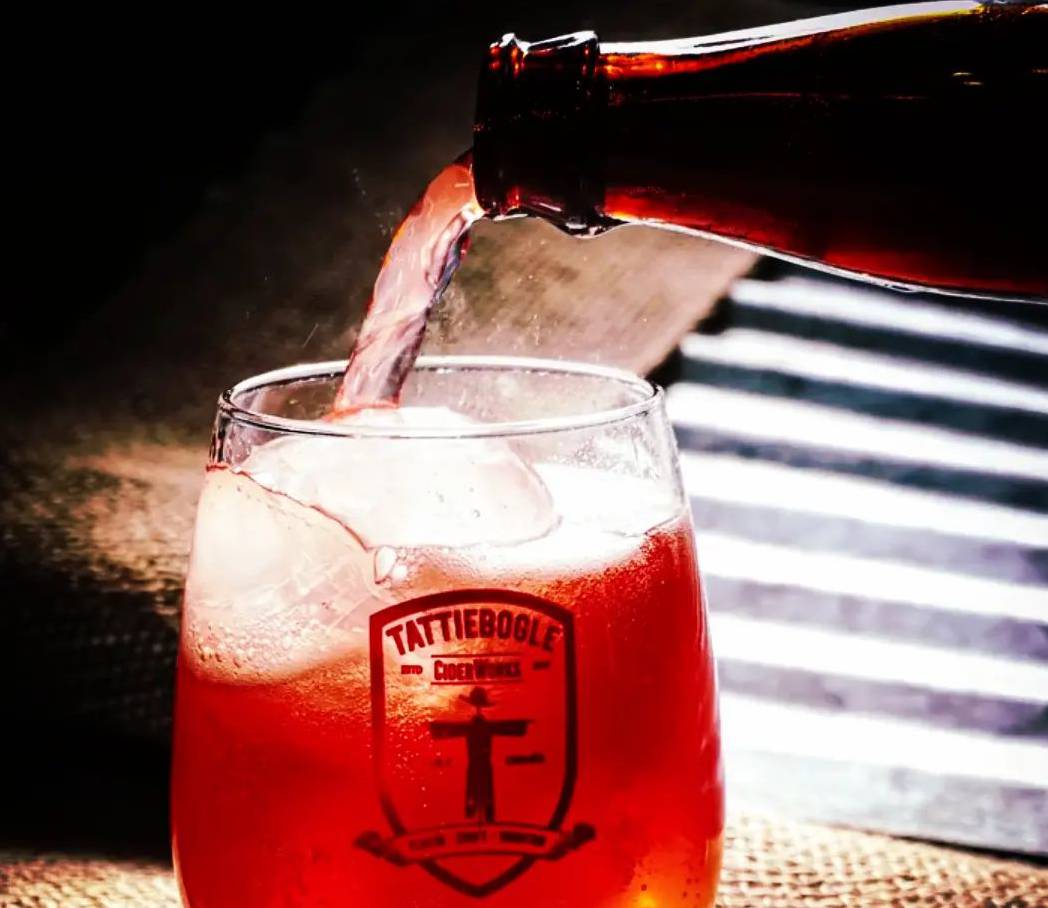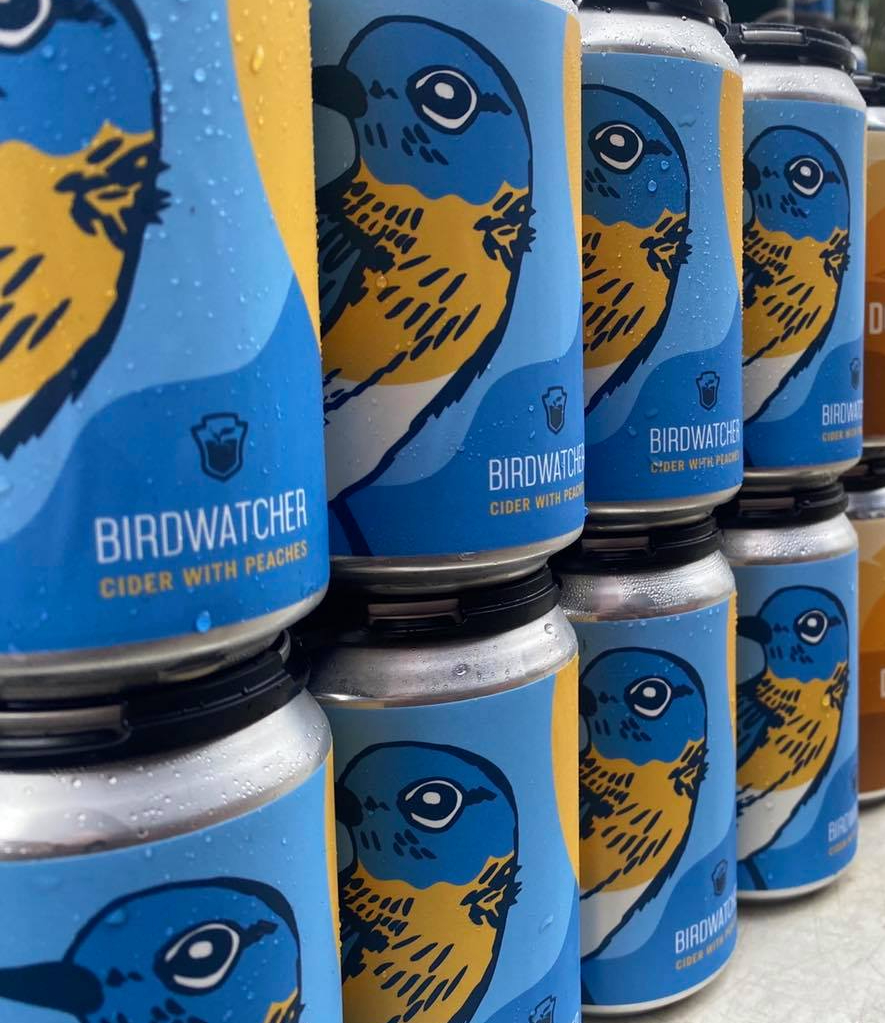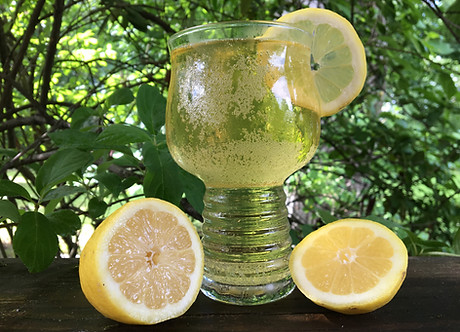
You can’t talk about cider without talking about fruit — after all, apples are what it’s all about. In some ciders, apples are the star of the show with their complex and intriguing characteristics unlocked by the magic of yeast and fermentation. But in other ciders, apples are the backdrop, the supporting players there to let other flavors shine.
In no other cider category is this more apparent than in fruit ciders. There are so many fruits that cider makers invite to the party: bright, zesty citrus fruits like lemon, lime, orange and grapefruit; juicy stone fruits like plum, cherry and peach; fresh summer berries, like strawberry, blueberry and raspberry; and tropical fruits like guava, mango and pineapple. Other fruits may include familiar produce like pumpkin, grape and cranberry, or more esoteric ingredients like cucumber, kiwi, elderberry or gooseberry.
There are different ways that fruit can be added to cider. Co-fermentation is when apples and other fruits are fermented together in a barrel or tank. Other times, cider makers will let finished cider rest or “condition” on chopped or pureed fruit. And sometimes, fruit juice, concentrate or flavor is blended with the cider before it’s canned, kegged or bottled.

We always like to include definitions from the American Cider Association’s Style Guidelines, just for clarity sake!
The ACA defines fruited cider as “ciders with non-pome fruits or fruits/fruit juices added either before or after fermentation.” When it comes to pome fruits, like pear and quince, if the fermentable sugars still come primarily from apples, we consider that fruit cider.
All different types of apples can be used to make fruited ciders, though often dessert or culinary varieties are the cider maker’s choice. Generally, fruited flavors will showcase the added fruit’s aromas, flavors and sometimes colors, though how that expresses itself varies greatly.
Fruited ciders can range from bone dry to fully sweet, and the “fruitiness” level depends heavily on the techniques used, as well as the cider maker’s goals. For instance, a peach cider can be honeyed and round, with a juicy mouthfeel and a sticky, ripe sweetness. Or, a peach cider can be acid-driven and restrained, with unripe peach aromas and a pleasant bitterness on the palate.
There are dozens upon dozens of delicious fruit ciders made in Pennsylvania! At Hardball Cider in Mount Bethel, PA, you’ll find sweet, luscious Black Cherry Bomb; at Banter’s Hard Cider in Stroudsburg, PA, try Easy Peasy, a cider spiked with lemons; and at Tattiebogle Ciderworks in Acme, PA, try Ciara, a hard apple cider infused with black currant and pear. There are so many more, including the category winners from the 2021 PA Cider Competition:
2021 Fruit
- 1st Place: Ploughman Cider, Birdwatcher
- 2nd Place: Lancaster County Cider, Blueberry
- 3rd Place: Kingview Mead, Wine and Cider, Cranberry
- 4th Place: Kingview Mead, Wine and Cider, Blue in Cider
- 5th Place: Five Maidens Craft Cider, Cranberry

There are many styles in the fruit cider category, so finding the ones you love may require a bit of extra exploration. The biggest factor will likely be the fruit cider’s sweetness or dryness level, and how much or how little sweetness you prefer.
Bonus: anyone working in a cidery’s tasting room should be able to share plenty of info (and maybe a sample) with you. The same goes for a local bar or bottle shop — don’t be shy about asking questions, even just, “Do you know how sweet this cider is?” Many cidery websites will also include descriptions of their ciders, including if they are sweet, tart, funky, etc.
There aren’t hard-and-fast food pairing rules with fruited ciders; it usually works best to consider the fruit flavor and go from there. For instance, a mango or pineapple cider could pair amazingly well with spicy coconut curry or jackfruit tacos. The jammy notes of strawberry or raspberry ciders make them great cheese plate companions. And a super-tart cherry or cranberry cider can help to cut a dark chocolate dessert’s richness. Experiment with different combos, and we’ll bet you’ll find some incredible pairings with food and fruit ciders!

We hope this guide has inspired you to pick up a bottle or four-pack of Pennsylvania fruit cider! Curious and want to learn more about other cider styles? Check out the PA Cider Guild blog.
For more information on the Pennsylvania Cider Guild, or to join us as a member, visit our website, and follow along on Instagram and Facebook for updates.